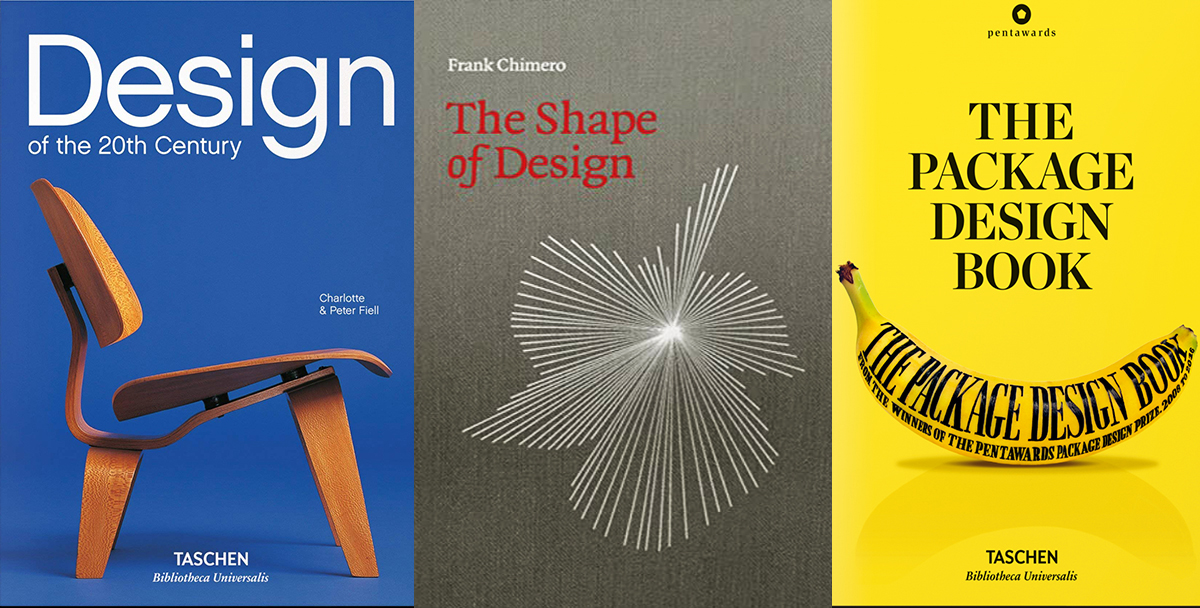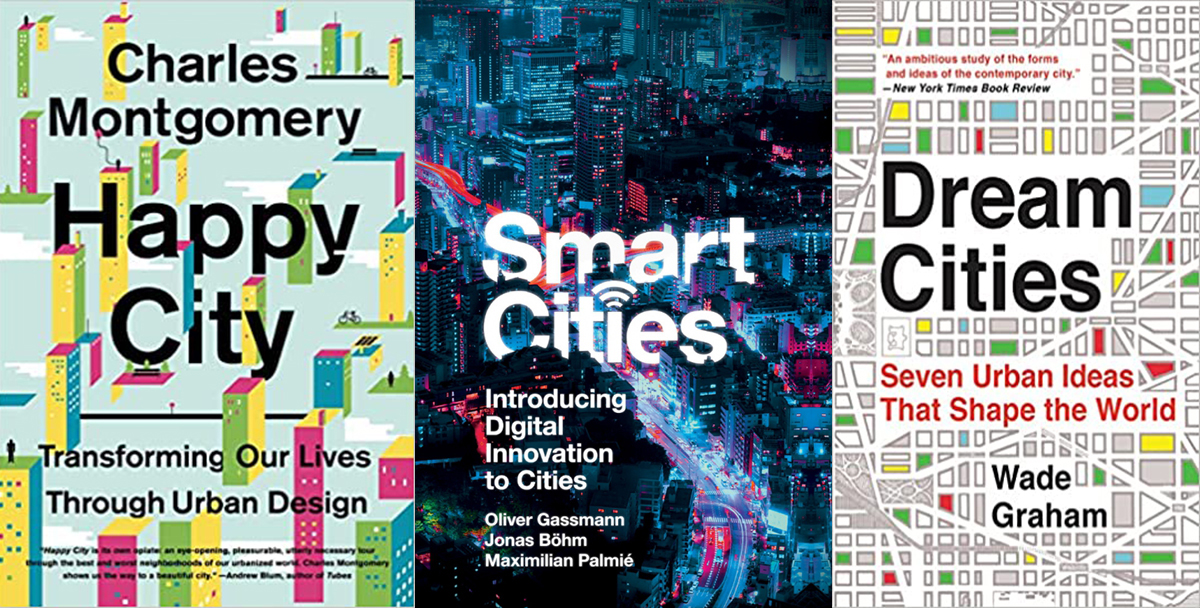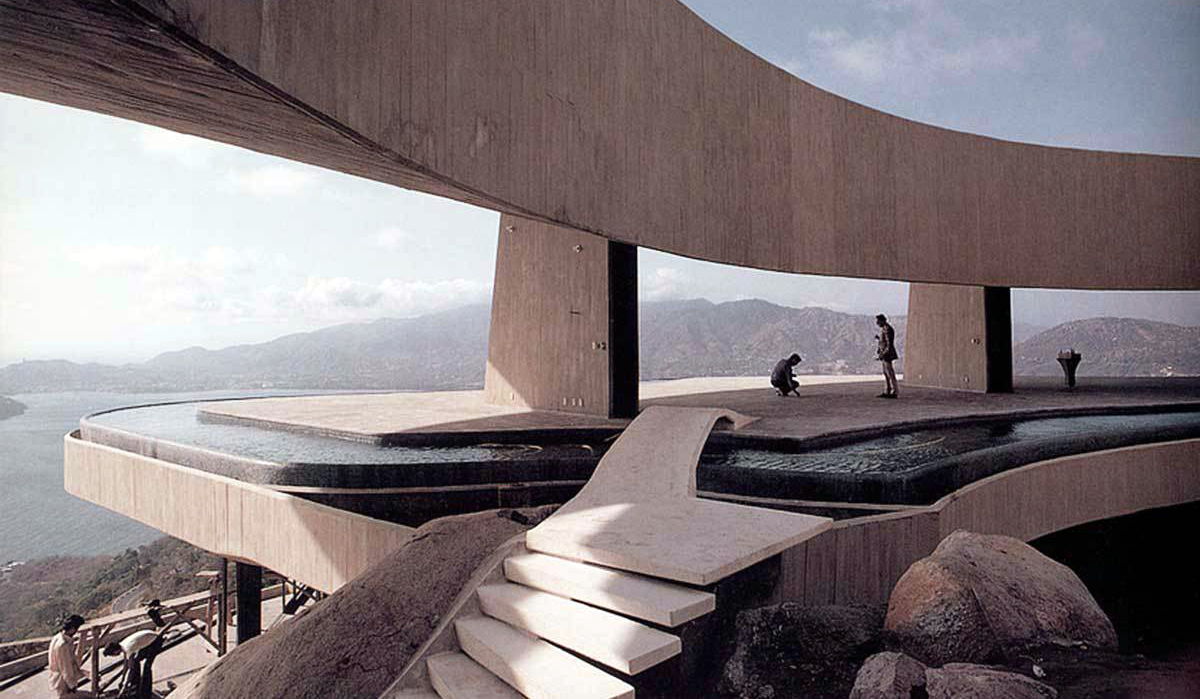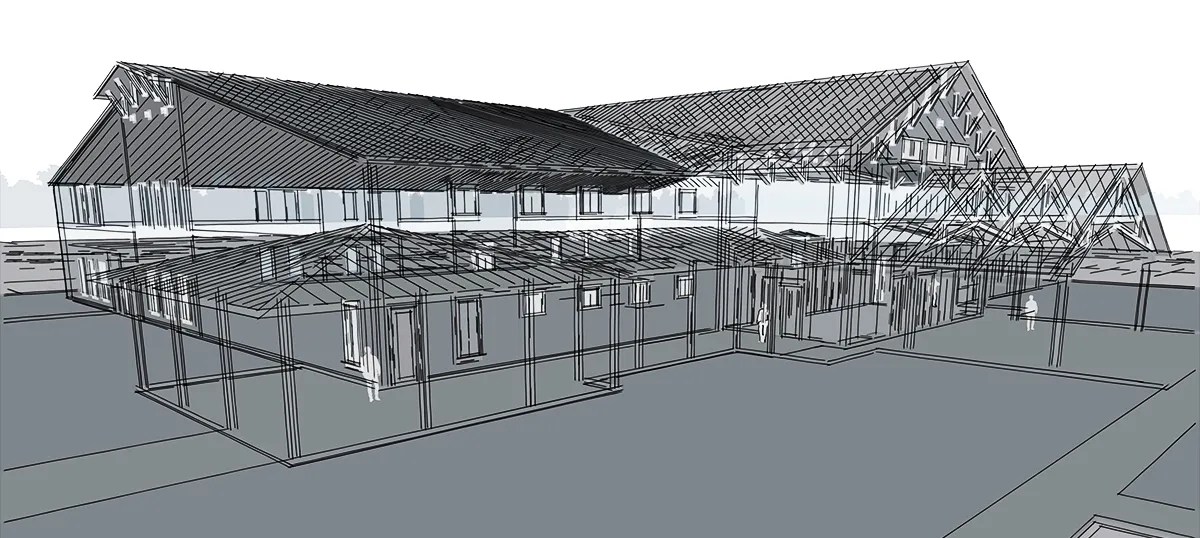What is architecture? How do we define architecture as a profession, as a practice, as a concept? I’ve been talking a lot about this recently with colleagues, and I have seen a couple of posts in various forums recently on this topic. So I wanted to throw my hat into the ring and attempt to define what the true definition of architecture is, in my opinion. I have a feeling this is going to be a controversial stance. I am aware I am most likely about to ruffle feathers. I think it is crucial for me to state here at the beginning that I am not placing in less value on some of the topics I discuss below, but that simply they do not meet my preferred definition of Architecture. (yes, that is capital “A”)
Design is not architecture.
This may seem like a strange sentence coming from someone who enjoys the act of designing, but design is not architecture. Design is an element of architecture, but it is not architecture and does not encompass architecture as a whole. I say this because many, many designers within the profession like to talk about creating architecture. But design is only a small part of Architecture. Nowadays, design is everywhere and considered in everything it seems. For example, advertisements for toothbrushes speak about the beautiful design of that product. So while design is definitely part of the larger concept of “A” Architecture, it cannot itself be considered architecture, even if it is the design of buildings or structures. Architecture is more. I could probably write an entire post on just this idea, but I need to continue.
Planning is not architecture.
Again this is a very architecture adjacent concept and most certainly an element of creating Architecture, but in and of itself, this is not architecture. I agree that architects should be involved in activities like master planning, land-use planning, and urban development planning. These practices help make our cities and regions and inform how they’re developed and planned out, but these endeavors alone do not constitute Architecture. I am absolutely not implying that these efforts do not have value and do not add to the built environment or aspects of architecture. That would be irresponsible, but again they are not architecture. So please don’t come at me with this rage of how urban planning and master planning are architecture. I get it, and I hear you. But by my definition, they are not Architecture; they are architecture adjacent. They inform the creation of Architecture.
Research is not architecture.
You may be sensing a pattern here … but yes, once again, research is not architecture. Researching architecture; theorizing about architecture; writing papers about architecture and design, development; all of these efforts are not Architecture. Under my forthcoming definition, elements that only exist on paper are not and cannot be Architecture. This may be one of the most controversial things I’m writing about today, but I genuinely believe that these concepts are not architecture. Do they contribute to architecture? Of course, they do! Are they architecture adjacent? Of course, they are. Do they improve and contribute to the aspects of creating architecture? Yes. Are they beneficial to the practice? Yes. Do they often push the profession forward? Yes. But are they Architecture? No. I know that is probably a slap in the face to many. But please just bear with me; I’m getting there.
Architecture requires Building.
This is a concept that implies Architecture is more than simply the act of building. It extends beyond the simple act of design and construction to create some habitable space. True Capital “A” Architecture requires more than the physical act to be considered as “A” Architecture. Now I know that may sound lofty and highbrow and maybe even an ivory tower (even arrogant) sentiment, but I sincerely believe that is the true definition of Architecture. I will be the first to admit that I don’t know that I have created much capital “A” Architecture during my career thus far. I’ve done my fair share of work that I would not consider to meet my definition of Architecture. This does not mean I haven’t strived to create it. It doesn’t mean that I do not want to produce it on every project. But that is not always possible given the limitations of practice like budgets, clients, site, building regulations, and all these entangled elements. It takes a very skillful hand/mind to navigate all of that and still manage to create “A” Architecture. So as I talk about all these actions that Architecture is not, I think that begins to give us an inclination as to what architecture is.
The idea that “A” Architecture goes beyond the sense of only building or constructing is critical, yet I believe it is still about building at its core. “A” Architecture is something that must get constructed and come forth out of the ground and into the physical world. I say this because that part of Architecture, the part of navigating all of the limitations and dealing with budgets, contractors, tradespeople, material shortages, and changes that are required to literally bring an entire project from design conception through to fruition of the fully built final project are necessary and critical for something to be considered or called “A” Architecture. I know that that may create some anger in some. But in my opinion, that is the true definition of Architecture. It is not an implication that any of these other activities don’t contribute to the field of architecture, architectural study, architectural research, or impact the growth of architecture as a profession. I’m not negating any of those endeavors with my statement or definition, but true Architecture should have a limited definition.
Everything is Architecture?
As I was perusing one of the online discussions last week about this topic, it seems that the current trend is to stretch and increase the definition of architecture to encompass all types of practices, skills, and elements that are architecture-related or design-related. I can understand that desire and tendency. We want to increase our umbrella. But I would propose that, in reality, this undermines our positions as professionals who practice and strive to create Architecture. To me, that broadening of the definition has possibly contributed to our loss of agency and respect of our perceived value in the world because we tend to say “Oh, that’s architecture” and “that’s also architecture” and then “Everything is architecture”. And when everything is architecture, then it’s honestly not that special. The abundant commodification of Architecture has led to its underappreciation and undervaluation by society. Therefore, my argument stands with respect to this notion; we should tighten the definition of architecture to one that could give us back some actual agency over the built environment and “A” Architecture. We may find more value by strictly defining what we consider to be Architecture and what that actually represents. I am aware that this may not be a very popular opinion, but I’m taking a stance and making a statement. (I allow myself flexibility for future change of course) This is a topic that I could have theoretical conversations about for hours and hours, as long as they were civilized conversations and not arguments based on emotion. I know that people can get very sensitive, personal, and emotional when it comes to how they define Architecture. So with that in mind, please sound off in the comments … and I guess let me have it.
Until next time,
I wrote more about the concept of Architecture in this previous post.






